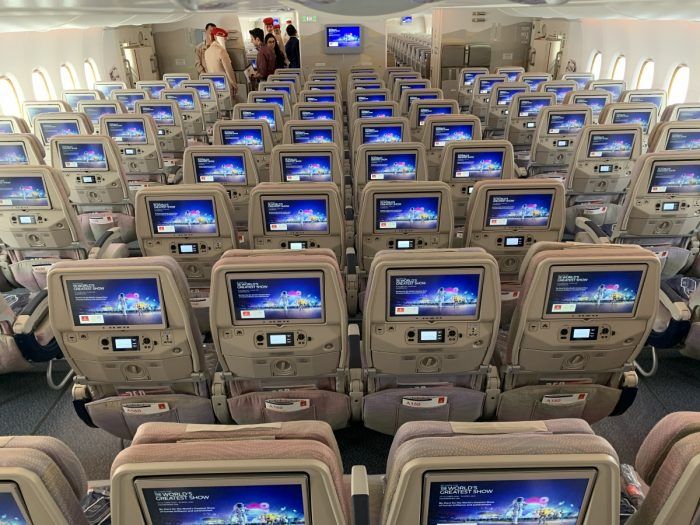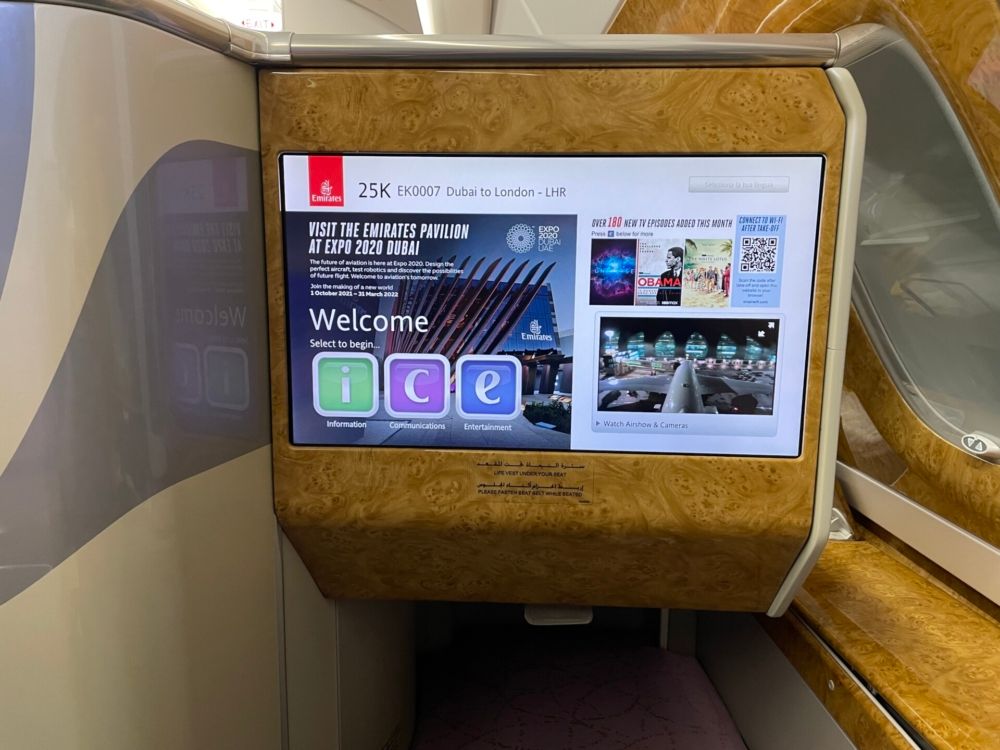Passengers today have come to expect inflight entertainment on long-haul international flights, if not on those even shorter. But when was the service first introduced? How has it evolved since then? Here's a look at the changes to inflight entertainment.
Big move
The first recorded use of inflight entertainment was in 1921 by Aeromarine Airways. The airline played 'Howdy Chicago' to promote the city and the ongoing Pagent of Progress exhibition on several flights. Imperial Airways took this a step further in 1926, playing the silent film 'The Lost World' when flying over Germany while the Berlin Broadcasting Station provided a live orchestra for the passengers. However, these two instances were short-lived and did not become a part of scheduled flights.
The first airline to truly introduce inflight entertainment on scheduled flights was Trans-World Airlines (TWA) in 1961. This was made possible by adapting the projection technology of the time, allowing it to be used in an aircraft cabin. Suddenly, TWA had the chance to project any movie on its flights, opening a new avenue to attract passengers.
The success of having movies onboard was huge for TWA, APEX.aero notes. The films saw international passengers change timings and destinations based on what was playing, and the technology attracted six to eight extra passengers every flight by one estimate.
Keeping up with the time
As time passed, new technologies were developed that would significantly advance IFE technology. After two decades of projected movies, in the 1980s, airlines began trailing LCD screens in the back of each seat. This gave birth to the first modern IFE system, a variant of which is in action on seats even today. Suddenly, passengers had the chance to skip watching whatever was showing on the overhead screen and choose their own movie.
Northwest first trialed this technology in 1988, after which a slew of airlines followed. The screen allowed passengers to pick from six channels that showed movies, documentaries, music, news, and more. However, this technology took airlines much longer to adopt, given its complexity. The combination of on-demand content (meaning each passenger can choose their own) and seat back screens was the winning formula for airlines.
However, the personal IFE screens came at a cost for airlines: extra weight. To install hundreds of screens in a plane would require rewiring, entertainment boxes under the seat, and, critically, more fuel to support the weight. While carriers took some time to roll out the technology, it became clear that the flying public expected to see them on long flights.
Stay informed: Sign up for our daily and weekly aviation news digests.
Bigger and better
In the three decades since Northwest first rolled out personal IFE, things have only gotten bigger and better. LED screens have become the norm, with seat backs now also offering USB power on some systems. Most importantly, airlines now offer an abundant choice of movies, shows, games, and more for passengers to enjoy. With hundreds or thousands of options, travelers will be hard-pressed not to find something to watch on a flight of any length. Today, passengers in first and business class can expect monitor-sized displays to enjoy content, while passengers in economy have tablet-sized screens to stay busy.
Airlines have access to lighter systems, making their cost of operation much lower while keeping passengers happy. However, in recent years, many airlines have ditched IFE screens and chosen to stream content instead. This allows passengers to connect to inflight WiFi and watch content on their devices instead. The rationale is that IFE screens were added when laptops and tablets did not exist, whereas they are ubiquitous now. For now, airlines are sticking to seatback entertainment, but will the next evolution of IFE be no screens at all?
What kinds of IFE technology have you experienced? What do you think is next for IFE? Let us know in the comments!

.jpeg)
-1.jpeg)
.jpeg)

